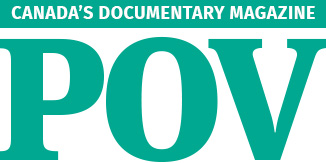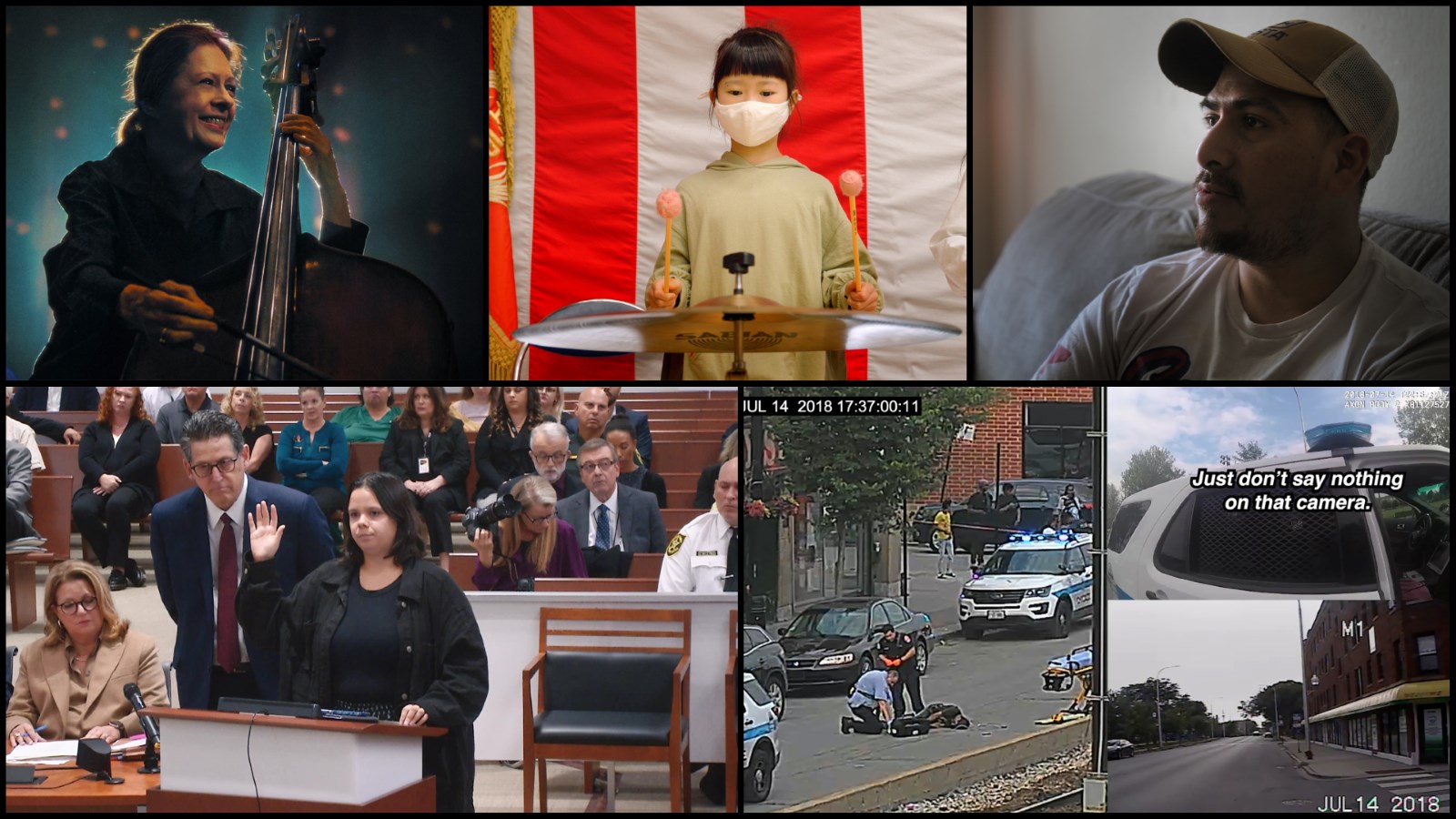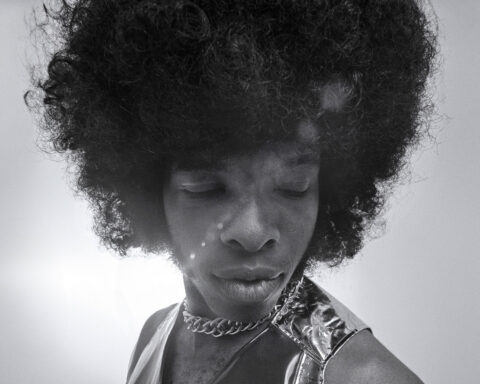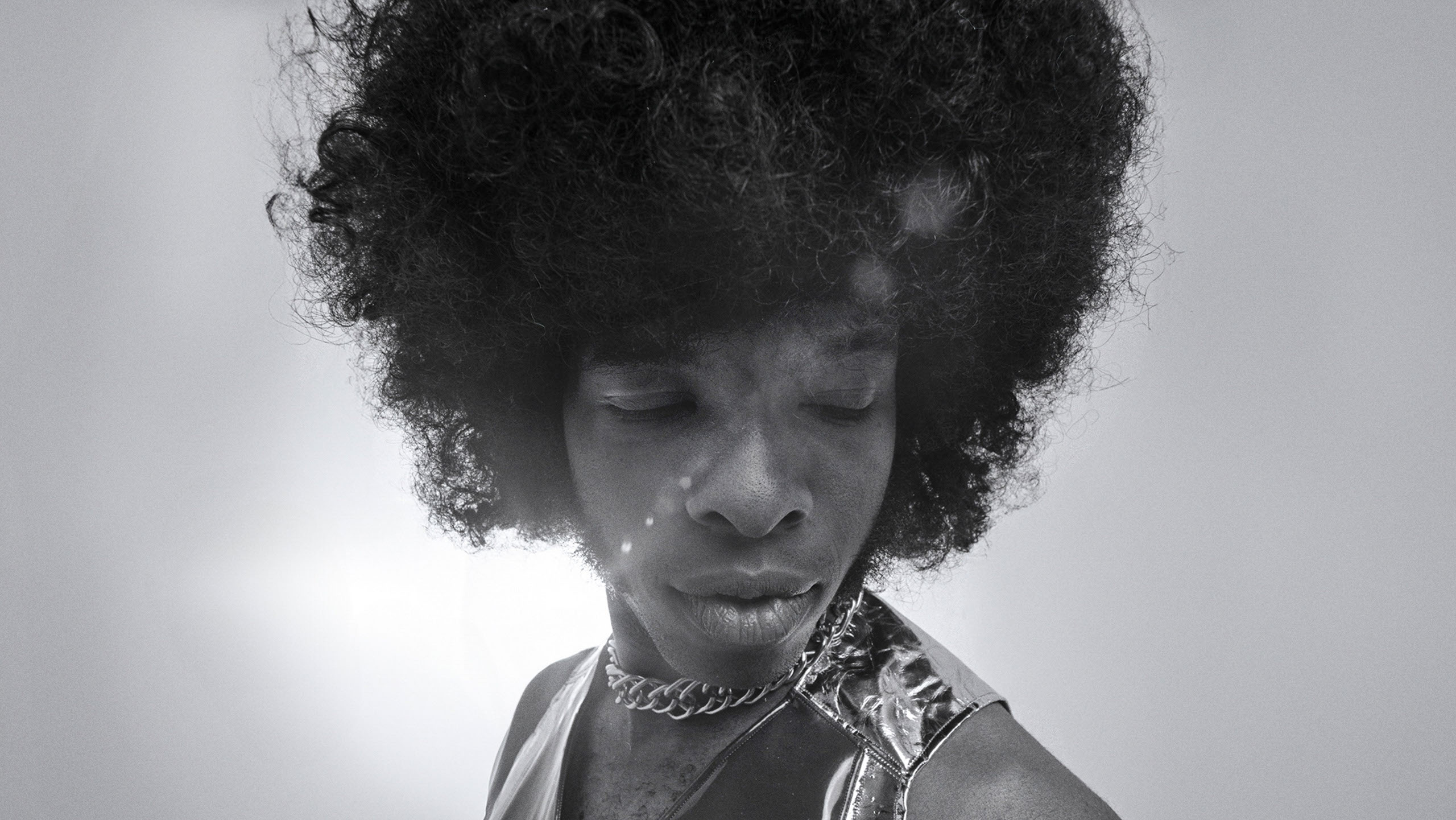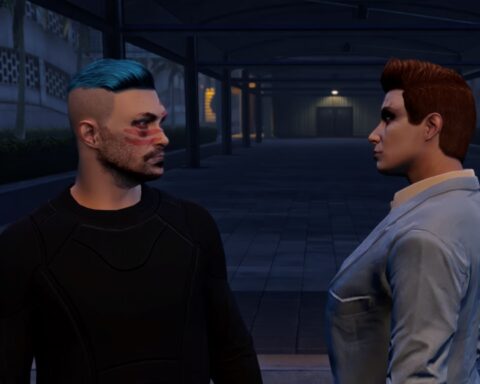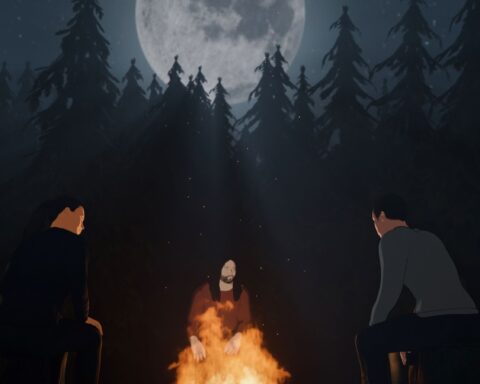The short documentaries nominated in this year’s Academy Awards race may have a leg up on their feature counterparts. Year after year, it seems that the doc branch delivers perhaps the most rewarding field of the Oscar nominations with its shorts choices. This year’s Oscar-nominated shorts docs are no exception—if anything, it’s one of the better crops they’ve picked. Taken collectively, though, they’re not an easy watch. This quintet of docs tackles an important range of hot topics: school shootings, the death penalty (twice!), COVID protocols, gender discrimination, and police brutality. But they’re gripping films. Each one delivers a powerful statement both artistically and politically. Predicting a winner will not be easy.
For example, one could guess that The Only Girl in the Orchestra would be music to voters’ ears after they favoured The Last Repair Shop last year. The film offers a loving profile of Orin O’Brien by her niece, filmmaker Molly O’Brien. Orin’s remarkable feat of breaking the gender barrier in the New York Philharmonic Orchestra in 1966 fuels this energetic look at what it means to be the only one in the room. O’Brien reflects candidly on five decades playing double bass with the orchestra. She’s a great character who chooses her words carefully and emphatically without sugar-coating the sexism she experienced.
Orin tells Molly about becoming a reluctant celebrity at the time. She recalls feeling uneasy about headlines that always stressed her gender over her work. Moreover, she admits to tension in her section as media attention favoured an ingénue who wasn’t first or second chair—yet.
O’Brien includes threads that underscore her aunt’s work as a tutor and mentor. The film observes passion and camaraderie in classes with none of the tension that O’Brien experienced in her early days as she instills her love for music within the next generation. This character driven portrait affectionately captures what it means to live your dream and make the field accessible so that you may be the first, but not the last. (Also on Netflix.)
Music is also at the heart of fellow Oscar-nominated short doc Instruments of a Beating Heart. This striking piece of cinéma vérité from director Ema Ryan Yamazaki observes as students in a Tokyo school ready for a performance of Beethoven’s Ninth Symphony. The documentary isn’t exactly an ode to joy, but more a frank glimpse at the efforts and protocols that helped keep a sense of joy alive during the heightened days of the pandemic. Kids audition for roles in the concert while nibbling on lunches with plastic barriers separating them from their classmates. They sneak their masks up and down their noses, tooting their instruments and navigating the risks associated with playing in an orchestra during a viral pandemic.
While there are many, many documentary snapshots of life during COVID-19, Instruments of a Beating Heart captures one of the hardest elements of the era: finding a way back to normal life. The kids in the orchestra have no fear in their eyes—merely joy. It’s a portrait of the efforts to restore mental health and to fight one epidemic whose ravages will long outlive the other. This observational portrait finds in one school a message that’s as universal as Beethoven’s Ninth. Like the symphony, life endures through collective effort. (Also via Op-Docs.)
On the other hand, the story of a survivor will leave audiences wrestling with the ageless fight between good and evil in Death by Numbers. Sam Fuentes makes an unforgettable impression as she summons her strength to tell her story in court. Director Kim A. Snyder (The Librarians) follows Fuentes as the court summons her to testify in the sentencing hearing of her former schoolmate, who was found guilty of murdering 17 students and staff at Marjory Stoneman Douglas High School in Parkland, Florida. Many other students were counted among the wounded, including Fuentes, when he stormed the halls with a gun. In Fuentes’ case, the bullets fired indiscriminately at students in her Holocaust studies class.
Fuentes reflects upon what it means to revisit this fresh trauma and confront the man who shot her and killed her friends. The film poetically erases the killer from the film, denying the celebrity he craved and used monstrous deeds to achieve. Snyder confidently lets Fuentes’ testimony fuel the fire in Death by Numbers. What results is a painfully raw exposure of trauma and an engagement with fresh wounds that may never likely heal.
However, Fuentes’ final testimony offers a brave sign of strength. The film leaves one’s heart in one’s throat, devastated by the outcome, embittered with rage, but also feeling refreshed that young people like Fuentes have the courage to put their well-earned fury into words. It’s a brilliant portrait of the impact of violent crimes on survivors.
The consequences of the death penalty, meanwhile, fuel the devastating nominee I Am Ready, Warden. The image of John Henry Ramirez opens the film and he seems oddly at peace for a man on death row. However, Ramirez ends his introduction with a caveat: if you’re watching these words, it means he’s dead.
Director Smriti Mundhra (St. Louis Superman) tracks the final days of a Texas execution from all angles in this compelling doc. Since audiences know Ramirez’s fate from the outset, the film avoids the 11th-hour suspense typically conjured by tales from death row. Instead, the film considers how Ramirez’s fate was predetermined and asks what someone’s troubled youth means in the grander scheme of things as they seek forgiveness in their adult years. Much like Death by Numbers, the film also interrogates the emotional and psychological scars left on survivors as Mundhra gets an equally strong perspective from Aaron Castro, whose father Pablo died when Ramirez brutally stabbed him to death during a robbery. His anger is palpable. It’s clear that Ramirez’s ongoing stay of execution requests have prolonged his suffering.
But this film ultimately asks if anyone finds justice with the eye-for-an-eye balance pledged by capital punishment. Ramirez’s spiritual advisor speaks to his emotional rehabilitation, while a new prosecutor takes the rare step of trying to retract the death penalty sought by his predecessor. The film builds an emotionally and intellectually compelling case that capital punishment only leaves further victims in its wake. If Death by Numbers leaves one bitten by the pervasiveness of evil, this portrait of a killer surprisingly reminds one of humankind’s capacity for good. If even the most hardened and violent people can change for the better and recognize the errors of their violent ways, is the ultimate justice not to grant a second chance?
When Castro realizes the finality of Ramirez’s sentence, the film offers one of a jarring revelations when he recognizes the difference between justice and revenge, if only too late. It’s haunting and appropriately without closure, as great entries in short filmmaking often are as they invite viewers to continue the conversation. (Also on Paramount+.)
Finally, the Oscar-nominated short docs deliver an absolute gut punch with Incident. Bill Morrison (Dawson City: Frozen Time) finds in body cameras and surveillance footage a provocative extension of his archival work. Equal parts detective work and montage combine in this bravura feat of filmmaking that probes the death of Harith Augustus, a Chicago barber who was shot by police in 2018.
Using images from an array of police officer body cams, dashboard cams, CCTV videos, and dispatch audio, Incident creates a linear timeline using a Rashômon-like assembly of competing perspectives. Split-screens à la Mike Figgis’s Timecode show how a seemingly ordinary day in a tense neighbourhood took a fatally violent turn thanks to the USA’s conceal and carry laws. The film informs viewers that officer Dillan Halley fatally shot Augustus and claimed the killing justifiable by saying the barber shot first. Morrison looks at the altercation from all angles captured by incidental documentarians—from the eyes in the sky to the lenses affixed oddly at chest-level. The film shows how one set of “eyes” can prove unreliable, while a body cam mere inches away can capture the pure unedited truth—or something like it since it again offers only one perspective among many and relies on an officer’s duty to record.
The potent assemblage unfolds the grave miscarriage of justice in realtime. The split screen reveals the officers’ efforts to contain the scene and cover their butts. This includes a high-speed getaway to bring Halley to safer ground as his superior advises him to keep quiet. The competing pieces of the visual puzzle evoke the chaotic nature of the incident. Morrison adeptly forces viewers to re-orient themselves and examine the evidence.
The film presents audiences with the crime and the cleanup, but in putting all these pieces together, Morrison gathers evidence for another case: a systemic crime that builds a certain mentality among the force to shoot first and ask questions later. The audio of Halley—a young officer who is audibly shaken by what just transpired and his superior’s frantic reassurance that he did nothing wrong—weaves in and out with the pained screams of witnesses gathering around the crime scene, punctuated by birds rustled by the gunshots that pierced that warm summer’s day. The evidence in Incident is all a matter of public record, and the film amounts to a damning verdict that the punishment did not reflect the nature of the crime. There are many perspectives in Incident, but ultimately only one truth. (Also via New Yorker.)

